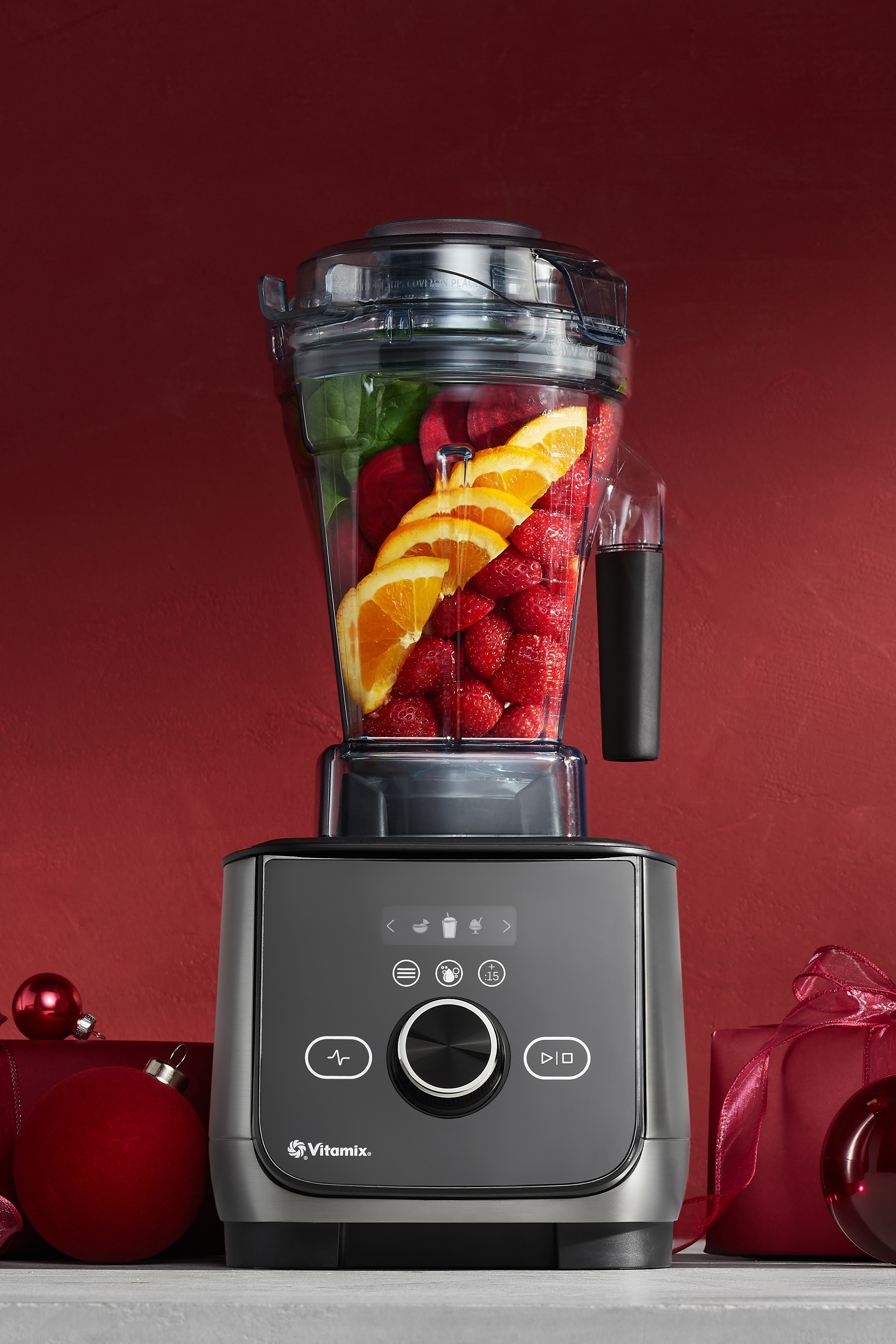Planning for emergencies and natural disasters may not be as much fun as creating new menu items, but it's a vital part of operating your business. While it's impossible to foresee every potential emergency, preparing for common risks will help you bounce back should they occur. Here are some tips to keep in mind when creating your plan.
Putting It in Writing
Your emergency action plan should always be in writing, and every staffer should know where to find it. The Centers for Disease Control and Prevention offers an Emergency Action Plan template, and state or local agencies often have them as well. Customize one to fit your own circumstances, and incorporate it into the training you provide to every new hire.
Handling an Armed Robber or Intruder
If an armed robber or other potentially violent intruder enters your establishment, protecting your staff and guests should always be the first priority. Train your staff to hand over cash without protest, and without attempting to overpower the robber. If it's possible to call 911 from another room, do so. Otherwise, call as soon as the robber leaves and provide police with the best description possible.
If you're in an area where robberies are frequent, you should consider installing security cameras and taking additional steps, such as multiple bank deposits throughout the day, to minimize the amount of cash you keep on hand.
Dealing with a Fire
Most jurisdictions require you to have an evacuation plan in place specifically for fires. Identify all possible exits from your restaurant, and make sure your staff knows where they are. Decide in advance which exits you'll have guests evacuate from during an emergency, and which staffers will lead them there.
Place fire extinguishers in several locations in and around the kitchen, but away from equipment where fires might occur. Your staff can attempt to put out small fires with an extinguisher—never with water—but anything other than a small fire should be left to professionals. According to the National Restaurant Association, 57 percent of all restaurant fires are caused by cooking equipment in the kitchen, so having a plan may reduce the likelihood of a major disaster.
Bouncing Back from a Natural Disaster
The types of disasters you include in your emergency action plan will depend, in part, on where you're located. The risks you face locally could be earthquakes, hurricanes, or blizzards, but your planning process will be very similar in any case. Here are a few steps to follow as you develop a plan for natural disasters:
- Protect Your People: Be clear about when to close and evacuate your restaurant. Someone on each shift should have that authority if conditions seem likely to put staff or guests at risk. Send everyone home if it's safe and practical to do so, or provide the option of staying put when it's not. If you're in the blizzard zone, for example, keep a supply of blankets, flashlights, and drinking water on hand in case the weather closes in.
- Protect Your Food: If the power goes out, your food will be at risk. Refrigerated food can stay safe through a short outage of a few hours, but you'll need to closely monitor the temperature in your coolers. If it's likely that power will stay out for a day or two, try to move perishables to a commercial storage site. Alternatively, purchase a generator to run your refrigerators. If flooding is a major risk in your area, store your perishable dry goods and paper goods up off the floor, where they're less likely to be inundated. Floods and storms can also make your water supply unusable, so keep a stock of bottled water on hand.
- Protect Your Records: To minimize any ongoing disruption of your business, keep copies of crucial documents (partnership agreements, employee records, tax documents, etc.) in a secure off-site location. Data from your inventory management system, point-of-sale, and payroll records should be backed up as well—either to a cloud-based storage service or on a physical drive that's stored off-site. Keeping an up-to-date inventory of your supplies and fixtures can make your life a lot easier when you're dealing with your insurance company.
Getting Back on Your Feet
Recovering from a major disaster almost always involves spending some quality time with your insurers. If you don't clearly understand what your policy covers, or what its limitations and exclusions are, speak with your broker or the insurer's customer service department. Be sure you understand the claims process and know what documentation you'll need. Unless your insurance pays you very quickly after a disaster, you'll also need an emergency fund or a line of credit to pay the bills while you're getting back on your feet.
Making your restaurant physically safe again for food preparation might take a while. Your local health department should be able to tell you what the requirements are in your jurisdiction, while the U.S. Food and Drug Administration provides a range of helpful resources. Keep your customers engaged while you're going through the process by posting regularly on your restaurant's social media accounts. Let them know when you expect to reopen, and whether you'll operate on a limited basis in the interim. If you have portable cooking equipment for catering purposes, that may be an option to help maintain a presence while you rebuild.



